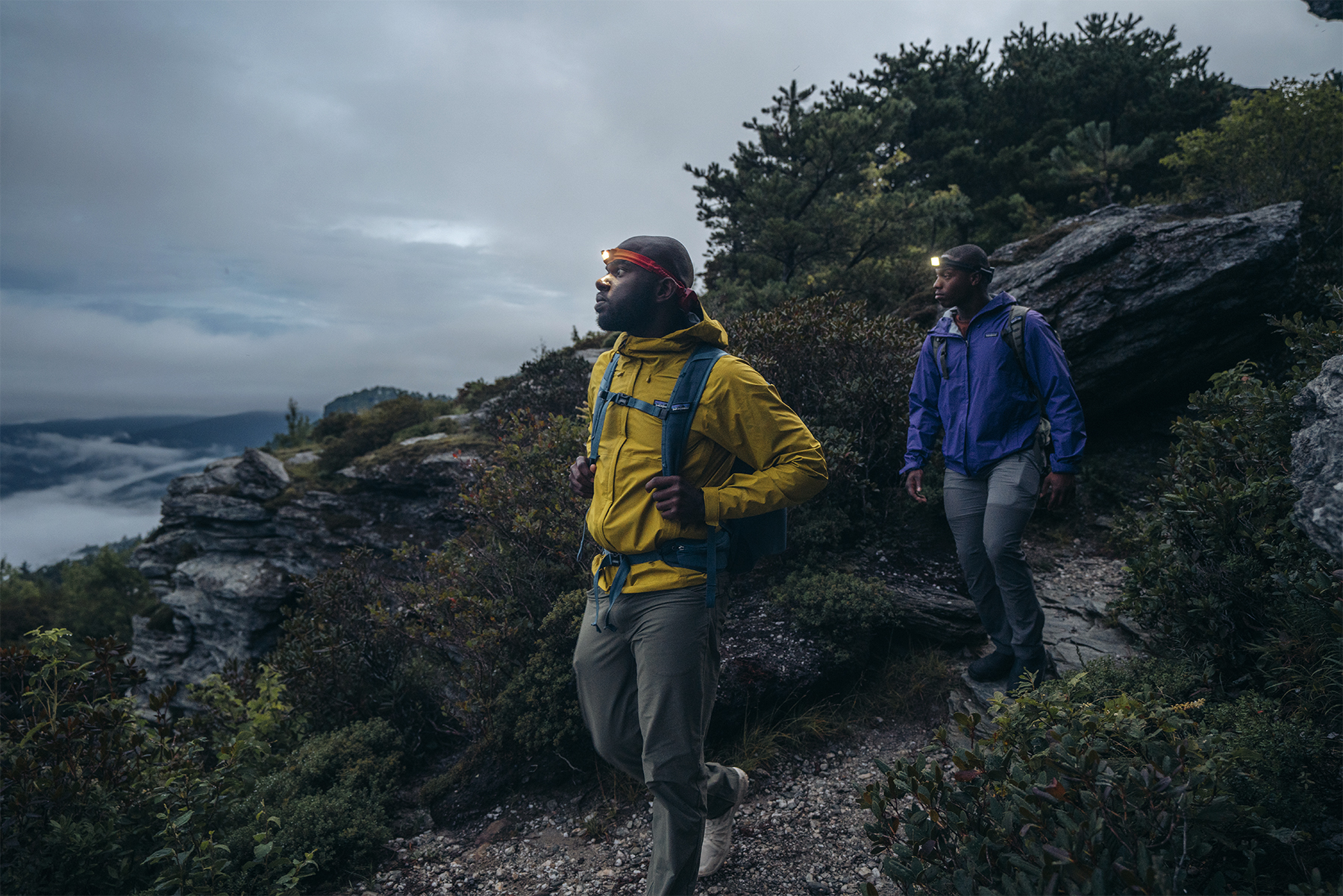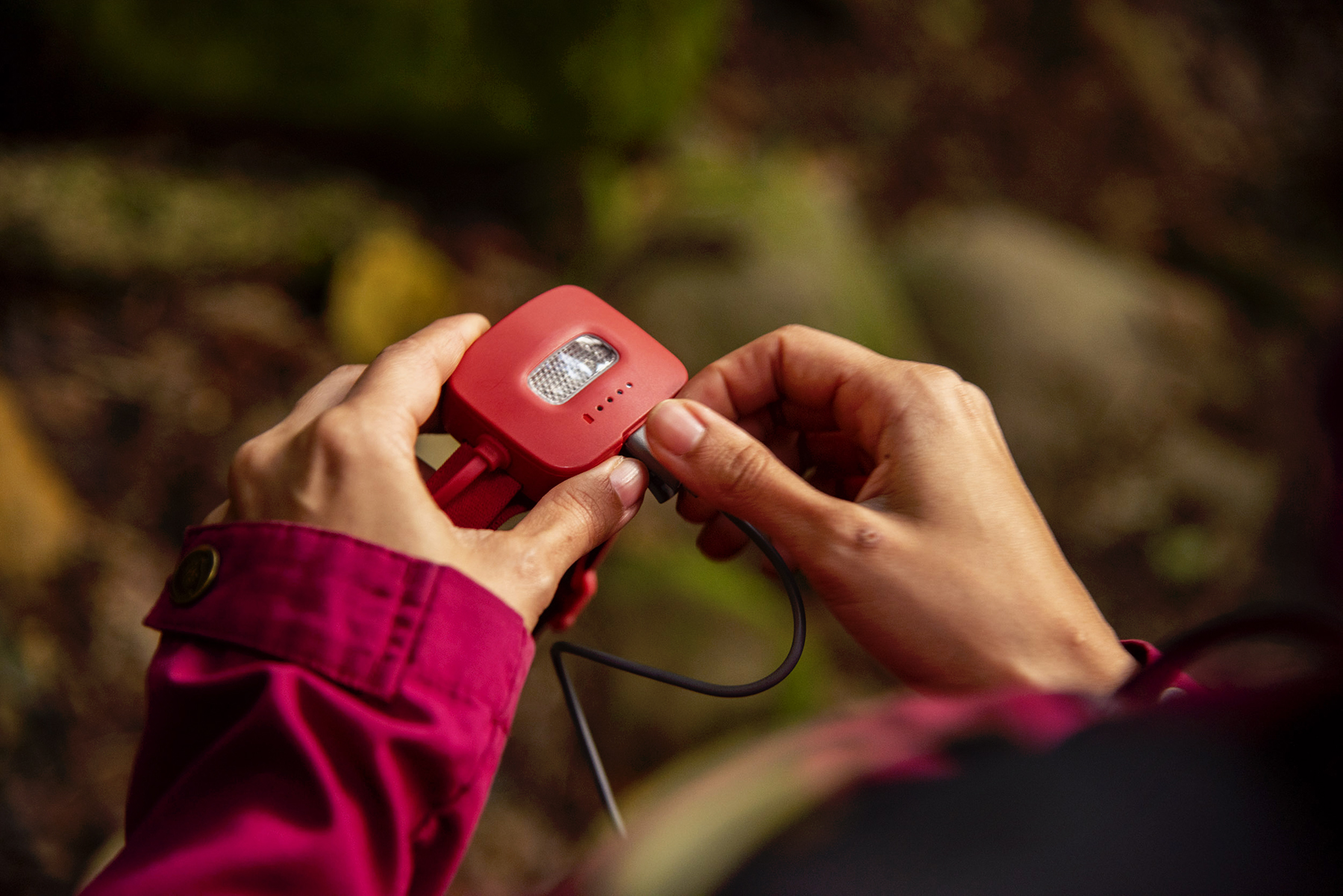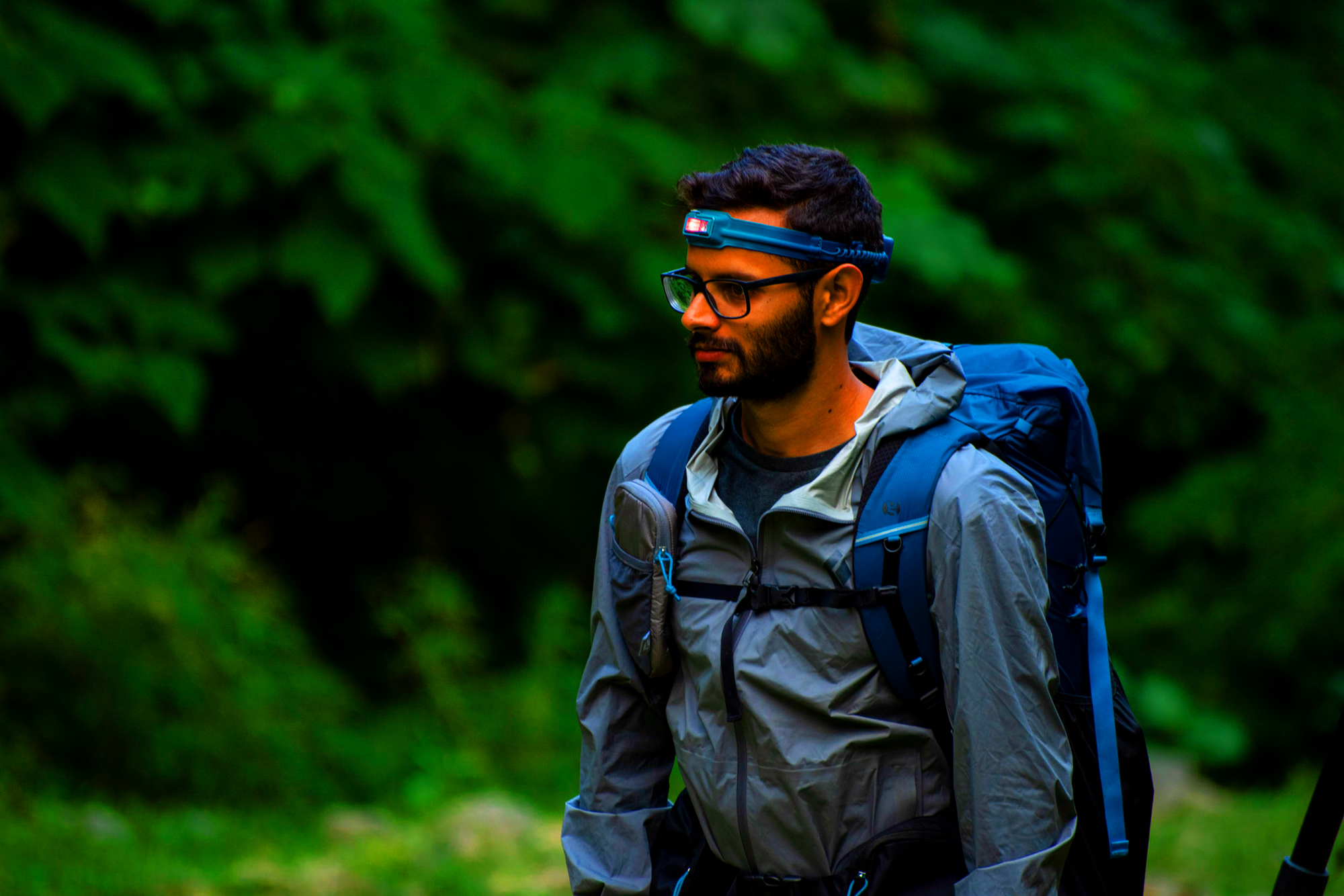With winter comes long hours of darkness and often, if we’re honest, the struggle to get hyped to get outdoors. Even the keenest, most disciplined adventurers find it hard to keep getting out when conditions and daylight are against them. This means that if you want to keep getting outdoors and making the most of the trails — whether trail running, trekking, or camping — you need to give yourself every advantage and reason to get outside and remove all those things that keep you glued to the couch instead.
The BioLite Headlamp 425 is one of those advantages. This rechargeable headlamp is pitched by BioLite as their “Goldilocks” model, meaning it’s “just right.” It’s not too bulky, and it’s not too low power for trails. It’s slap bang in the middle of a range that includes the BioLite 800 Pro — with 800 Lumens for deep, dark adventures — and the Headlamp 325 — ultra-lightweight, for reading your book and around your campsite. Is it all it’s cracked up to be? Well, I’ve been using the BioLite Headlamp 425 for just over a month now on nighttime trail runs, and here are my thoughts on the alleged Goldilocks of headlamps.

The technical lowdown on the Headlamp 425
Before we get into how this headlamp performs and operates, let’s take a look at the technical attributes of the BioLite Headlamp 425.
- 425-lumen output
- 4-hour runtime on high power
- 60-hour runtime on low-power mode
- USB-C rechargeable
- Rear red light for increased visibility
- Glove-friendly switch and tilt for headlamp
- 1-hour reserve mode alert that lets you know when your battery is low
- Can be connected to an external battery pack for extended life
- IXP 4 water resistant

Features of the BioLite Headlamp 425
The technical features are important, but let’s get real about how this torch works. When you flick through the settings, you get a choice of beams. You have the option of a flood beam for wider focus and a spot beam for detail or to light up your pathway. Then there’s the setting where you get both, so you can light up a wide area around you but still get detail further ahead. This is great on a run when you need to see several steps ahead of you while negotiating technical ground. All of these settings are dimmable, as are the white strobe, red flood, and rear red light settings all featured on the Headlamp 425.
The front third of the BioLite Headlamp 425 features BioLite’s Slim-Fit construction. This uses moisture-wicking materials and an anti-slip design to prevent the headlamp from bouncing as you move. This, coupled with the lightweight design — just 78 grams — of the headlamp means that it stays in place no matter how vigorous you try to be. Quick-adjust clips make it easy to fit the headlamp if you add a hat to your gear setup as temperatures drop overnight on the trail. This all means that finding your fit is straightforward, and you’re not going to end up having to cinch the headlamp straps so tight that your head feels like it’s going to explode.

How does the BioLite Headlamp 425 perform?
I’ll be honest: I’ve been really impressed with this headlamp. I’ve used a load of different styles in the past — including several headlamps with rear-mounted battery packs — and this is my favorite headlamp currently for running and walking. I particularly like how quick and easy it is to tilt up and down. I run a lot of undulating trails with a mix of technical and easy-going running. This means that I am constantly angling my headlamp up and down to illuminate ahead of me, and this has been a breeze with the BioLite Headlamp 425.
Then there’s how bright it is. This headlamp is bright enough to illuminate all the trails I’ve been on so far, and the combination of the flood and spot beams is particularly useful. I’ll admit that I haven’t run or walked open hillside with this headlamp yet, so I can’t vouch for it if you were dropped in the middle of nowhere. Given that BioLite claims the spot beam reaches up to 85 meters, you’d probably be okay.
The first time I ran with the BioLite Headlamp 425, I was concerned that the battery pack was going to bounce around. For the first few steps on the trail, I could feel it moving a little — not enough to be a concern, but enough that it was definitely going to grind on me after a couple of hours. Things like this really annoy me; that’s why I cut excess strapping off my bags. I stopped, readjusted, and there was no movement after that. In fact, the whole headlamp stays solid, so you’ll barely notice it’s on your head at all.
Should you buy the BioLite Headlamp 425?
Yes. So far, I’ve pretty much only used this headlamp for trail running, but I really can’t seem to fault it. If it can put up with moving quickly through the woods and on the trail, then I have absolutely no doubts that it will be more than capable when it comes to winter walking and even early morning snowboard touring trips.
Rechargeable headlamps have come on a long way, and the addition of a USB-C charging port is more than welcome on this headlamp. It’s great for fast charging, but I also have to carry fewer cables on my trips now. Even better, you won’t be going through drawers and drawers of batteries all winter and carrying all those spares, either. You can charge this headlamp from your battery pack or BaseCharge Unit in camp, and with the BioLite thru-charge, you can attach a BioLite Charge unit as you use it. Attach the cable, slip the battery pack into your bag, and you’ve got an almost endless headlamp battery that’s great for long mountain days, treks, or ultra-running events.
The bottom line is that this is a lightweight headlamp that won’t bounce around and won’t — it seems so far — let you down. It has all the features you need, but none of those “flair” extras that aren’t necessary. At just $60, this headlamp really does seem to be just right for all your winter adventures.




